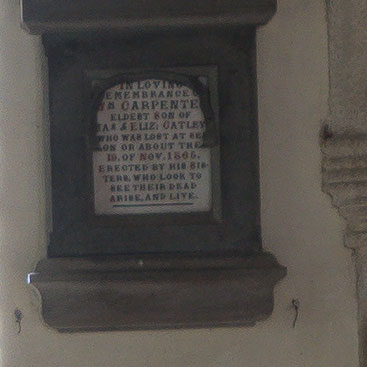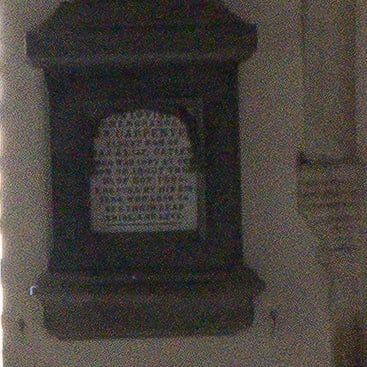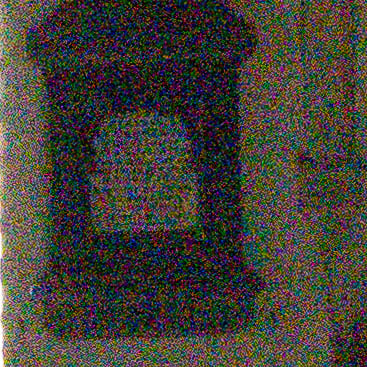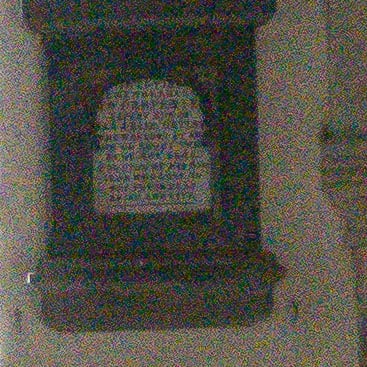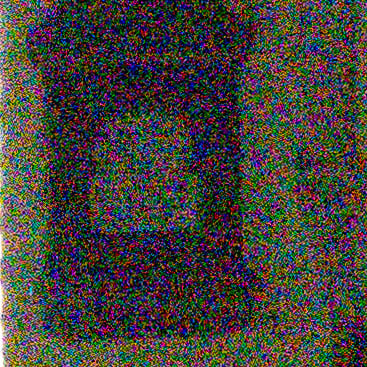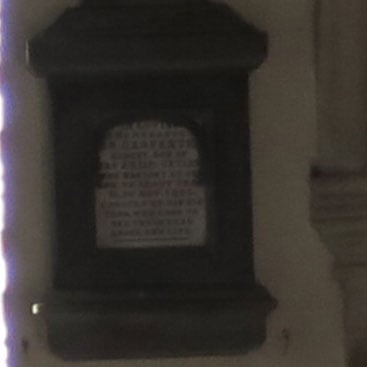Canon PowerShot G16 review
-
-
Written by Ken McMahon
Quality
Canon G16 vs Sony RX100 II Quality JPEG
|
Canon PowerShot G16 |
Sony Cyber-shot RX100 II | |
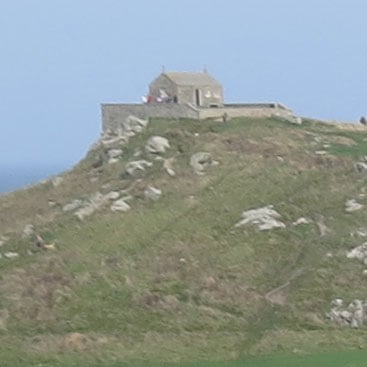 |  | |
f4, 80 ISO |
f4, 160 ISO | |
 |  | |
f4, 80 ISO |
f4, 160 ISO | |
 |  | |
f4, 80 ISO |
f4, 160 ISO | |
 |  | |
f4, 80 ISO |
f4, 160 ISO |
Canon PowerShot G16 results : Quality / RAW quality / Noise / RAW Noise
Canon G16 vs Sony RX100 II Quality RAW
|
Canon PowerShot G16 RAW |
Sony Cyber-shot RX100 II RAW | |
 |  | |
f4, 80 ISO |
f4, 160 ISO | |
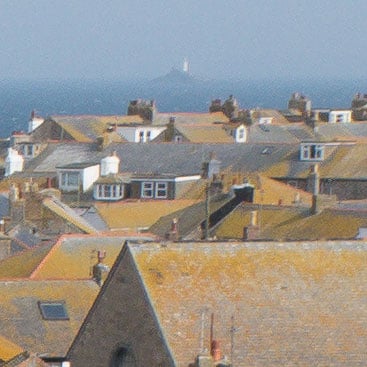 |  | |
f4, 80 ISO |
f4, 160 ISO | |
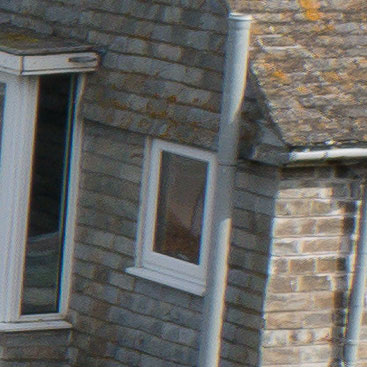 | 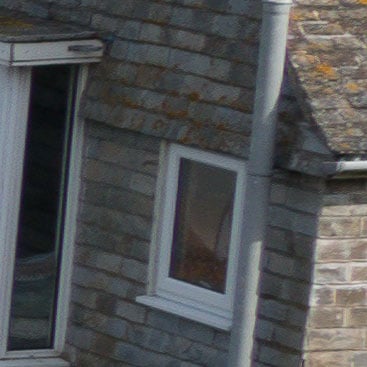 | |
f4, 80 ISO |
f4, 160 ISO | |
 | 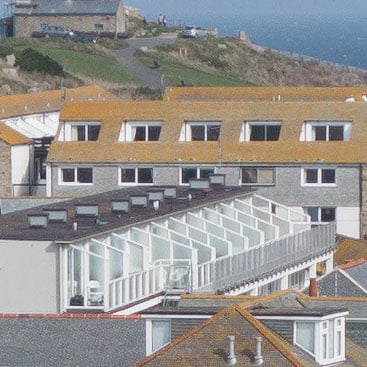 | |
f4, 80 ISO |
f4, 160 ISO |
Canon PowerShot G16 results : Quality / RAW quality / Noise / RAW Noise
Canon G16 vs Sony RX100 II Noise RAW
The image above was taken with the Canon PowerShot G16. From my outdoor test I’d discovered that the both the G16 and the RX100 II produced their best results with the aperture set to f4, so both were set to f4 in Aperture priority mode. At its base sensitivity of 80 ISO, the G16 metered an exposure of 1/6 at f4, and at its base sensitivity of 160 ISO the Sony RX100 II metered 1/8 at f4. The G16 RAW file measured 12.9MB and, as usual, the crops are taken from the areas marked by the red rectangle. I processed the files in Adobe Camera RAW using identical settings: Sharpening at 70 / 0.5 / 36 / 10, Luminance and Colour Noise Reduction both set to zero, and the Process to 2012 with the Adobe Standard profile. These settings were chosen to reveal the differences in sensor quality and isolate them from in-camera processing. The high degree of sharpening with a small radius enhances the finest details without causing undesirable artefacts, while the zero noise reduction unveils what’s really going on behind the scenes – as such the visible noise levels at higher ISOs will be much greater than you’re used to seeing in many of my comparisons, but again it’s an approach that’s designed to show the actual detail that’s being recorded before you start work on processing and cleaning it up if desired. These crops from the processed RAW files provide confirmation that what we saw with the JPEG noise results is largely related to sensor performance and the comparative levels of noise on these crops are pretty much in line with what we saw on the previous page. The G16 starts out with higher noise levels at its base 80 ISO setting and the incremental change is larger than on the Sony RX100 II resulting in a widening gap as you progress up the ISO scale. If you compare the G16 800 ISO crop on this page with the JPEG equivalent, you’ll see that the G16’s noise processing is actually working pretty hard to pull a noise free result from what the sensor is producing and given the levels of noise the detail loss is no surprise, in fact the result when looked at in this context is quite impressive. Now head over to my Canon PowerShot G16 sample images to see some more real-life shots in a variety of conditions or if you’ve seen enough, check out my verdict.
| ||||||||||||||||||||||||||||||||||||||||||||||||||||||||||||||||||||||||||||||||||||||||||||||||||||||||||||||||||||||
Canon PowerShot G16 results : Quality / RAW quality / Noise / RAW Noise |
Canon G16 vs Sony RX100 II Noise JPEG
The image above was taken with the Canon PowerShot G16. From my outdoor test I’d discovered that the both the G16 and the RX100 II produced their best results with the aperture set to f4, so both were set to f4 in Aperture priority mode. At its base sensitivity of 80 ISO, the G16 metered an exposure of 1/6 at f4, and at its base sensitivity of 160 ISO the Sony RX100 II metered 1/8 at f4. The G16 JPEG file measured 3.93MB and, as usual, the crops are taken from the areas marked by the red rectangle. At its base 80 ISO sensitivity setting the Canon G16 produces good results which though not noise free are reasonably clean and hold plenty of fine detail. The text is reasonably clear, but there’s visible texture in the wall and the left hand edge of the memorial panel looks a little grainy. At 100 ISO there’s a very slight increase in noise, but nothing worth worrying about. The G16 increments ISO in 1/3EV steps, so there are 125 and 160 ISO settings and increments between the other 1EV ISO settings, but I haven’t included them here. (100, 125 and 160 ISO are included for the RX100 II because they are the extended and base ISO settings; more about that in a moment). At 200 and 400 ISO, there are further fairly small linear increments in the noise, but though the text and other fine detail is suffering a little a this point, the overall quality is just about good enough for full sized reproduction, and certainly better than you’d get from a typical 1/2.3 inch compact sensor. At 800 ISO there’s a fairly dramatic drop off in the quality though, with more noise visible and the processing clearly struggling to keep it in check and producing some smearing as a result. The 1600 and 3200 ISO crops are characterised by an increassing fuzziness and beyond that it really is a bit of a noise-fest. You don’t have to look too hard to see that the Sony RX100 II has a clear advantage when it comes to noise performance. The first thing to note, though, is that the RX100 II’s base ISO sensitivity is 160 ISO and that’s the crop you should be comparing with the 80 ISO crop from the G16. The 100 and 125 ISO settings are an extension to the ‘normal’ range. Having said that, the RX100 II’s 160 ISO crop looks cleaner than the G16’s 80 ISO crop with less texture in the wall and the monument. The gap has already widened by 200 ISO and with each step up the sensitivity scale the RX100 II looks better and better by comparison with the G16. By 3200 ISO even the RX100 II crop is looking quite splodgy, but the text is still just about readable and it doesn’t have anything like the levels of noise in the Canon G16 crop. The evidence is pretty indisputable, the RX100 II’s 1 inch 20.2 Megapixel chip outperforms the Canon G16’s 1/1.7 inch 12.1 Megapixel sensor throughout the ISO sensitivity range. I’ve also included a crop from the G16 in Handheld NightScene mode which shoots a quick burst and creates a low noise composite at Auto ISO, in this instance the G6 chose 800 ISO and, while there’s less noise in the composite shot than in the 800 ISO single-shot crop, there’s a lot less detail too. By comparison I’ve included at shot taken at Auto ISO in the Sony RX100 II’s Multi Frame Noise reduction mode. The RX100 II has opted for 640 ISO, but it’s a fair comparison in which the RX100 II comes out on top. It’s also worth noting that, unlike the G16’s Handheld NightScene mode, you can manually set the ISO for MFNR on the RX100 II. To find out how much of a role processing plays in keeping noise at bay in these crops take a look at my Canon PowerShot G16 RAW noise results page to see just how much noise is present behind the scenes. Or head over to my Canon PowerShot G16 sample images to see some more real-life shots in a variety of conditions.
| |||||||||||||||||||||||||||||||||||||||||||||||||||||||||||||||||||||||||||||||||||||||||||||||||||||||||||||||||||||||||||||||
Canon PowerShot G16 results : Quality / RAW quality / Noise / RAW Noise |



